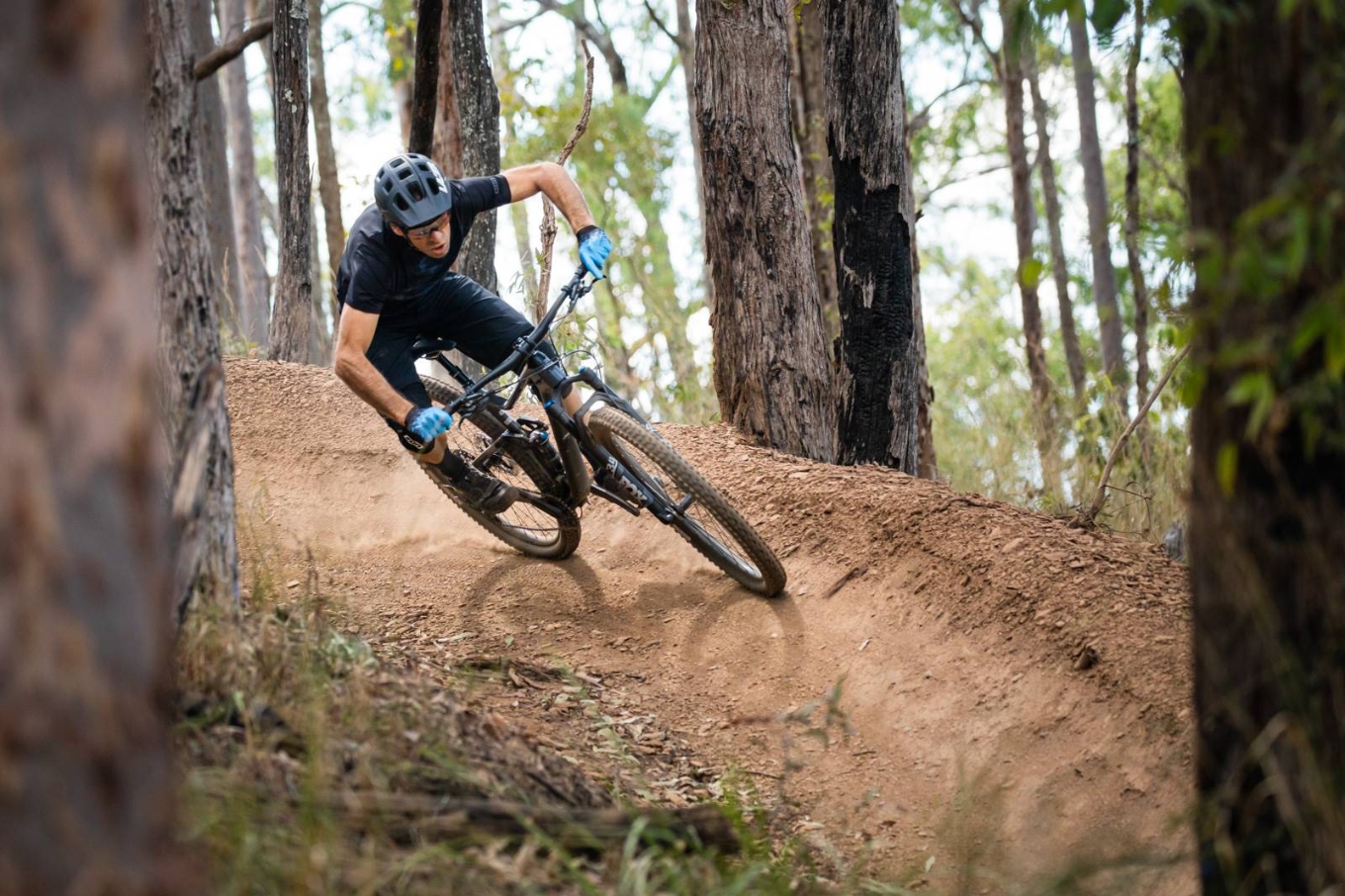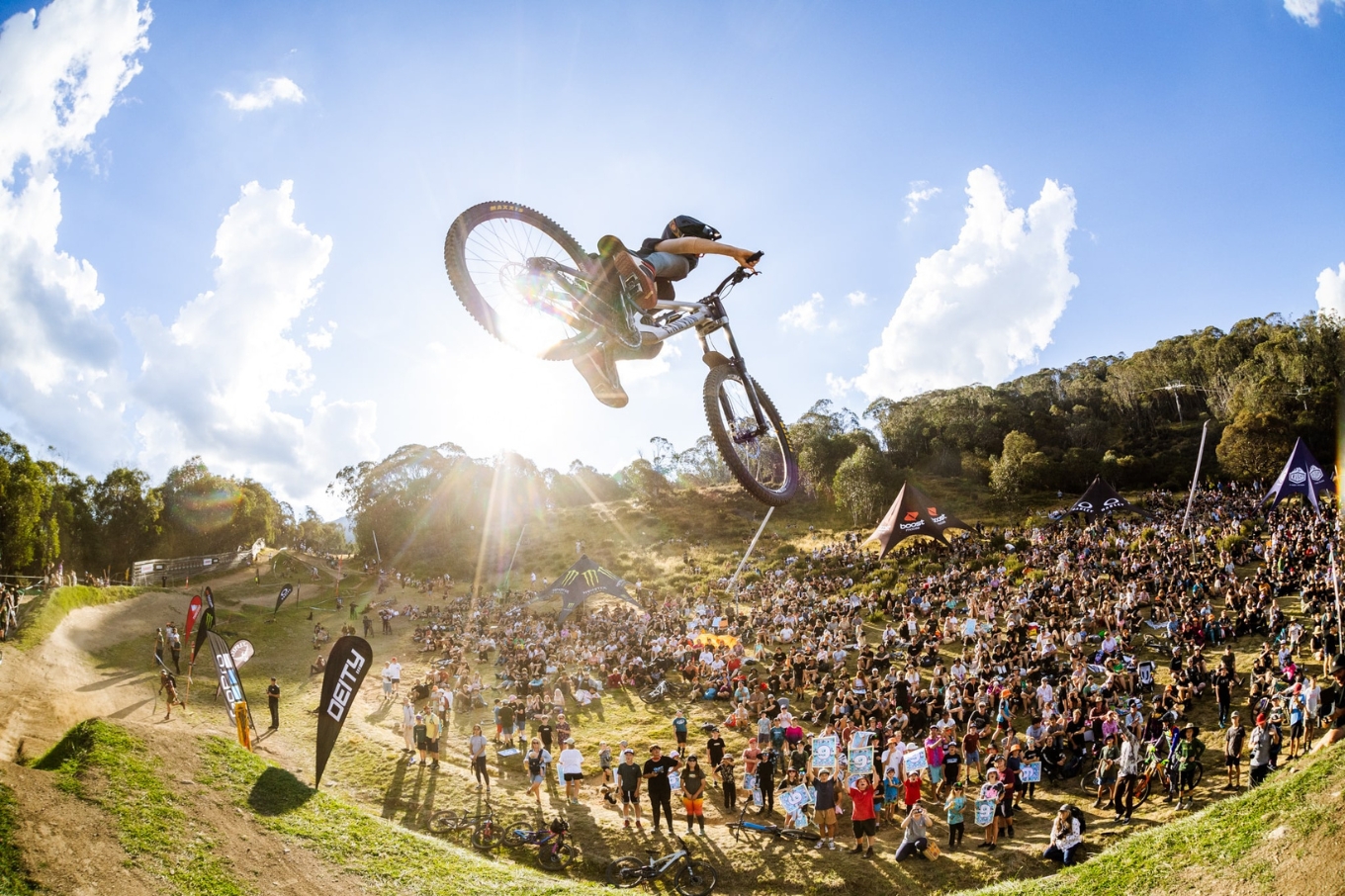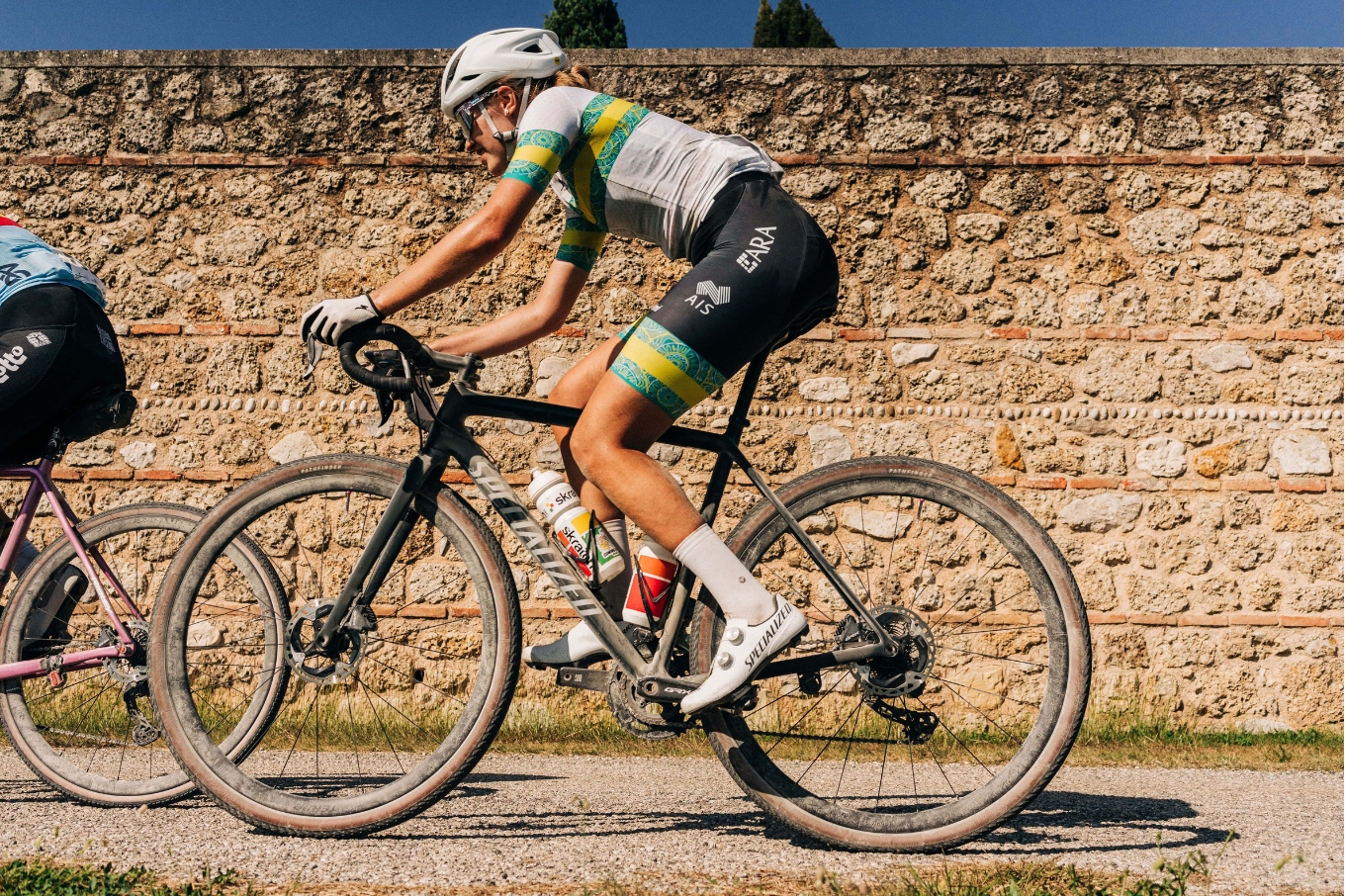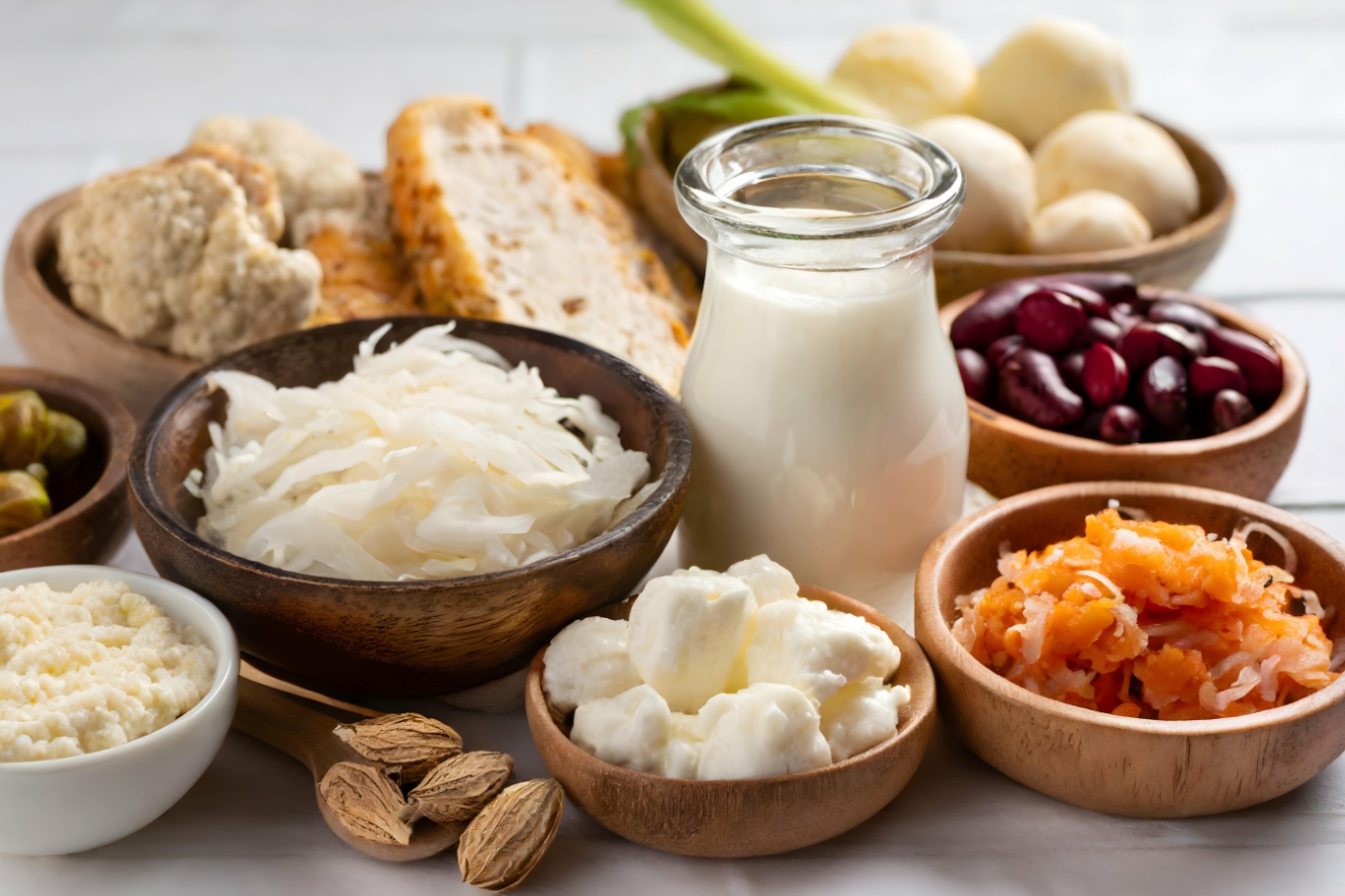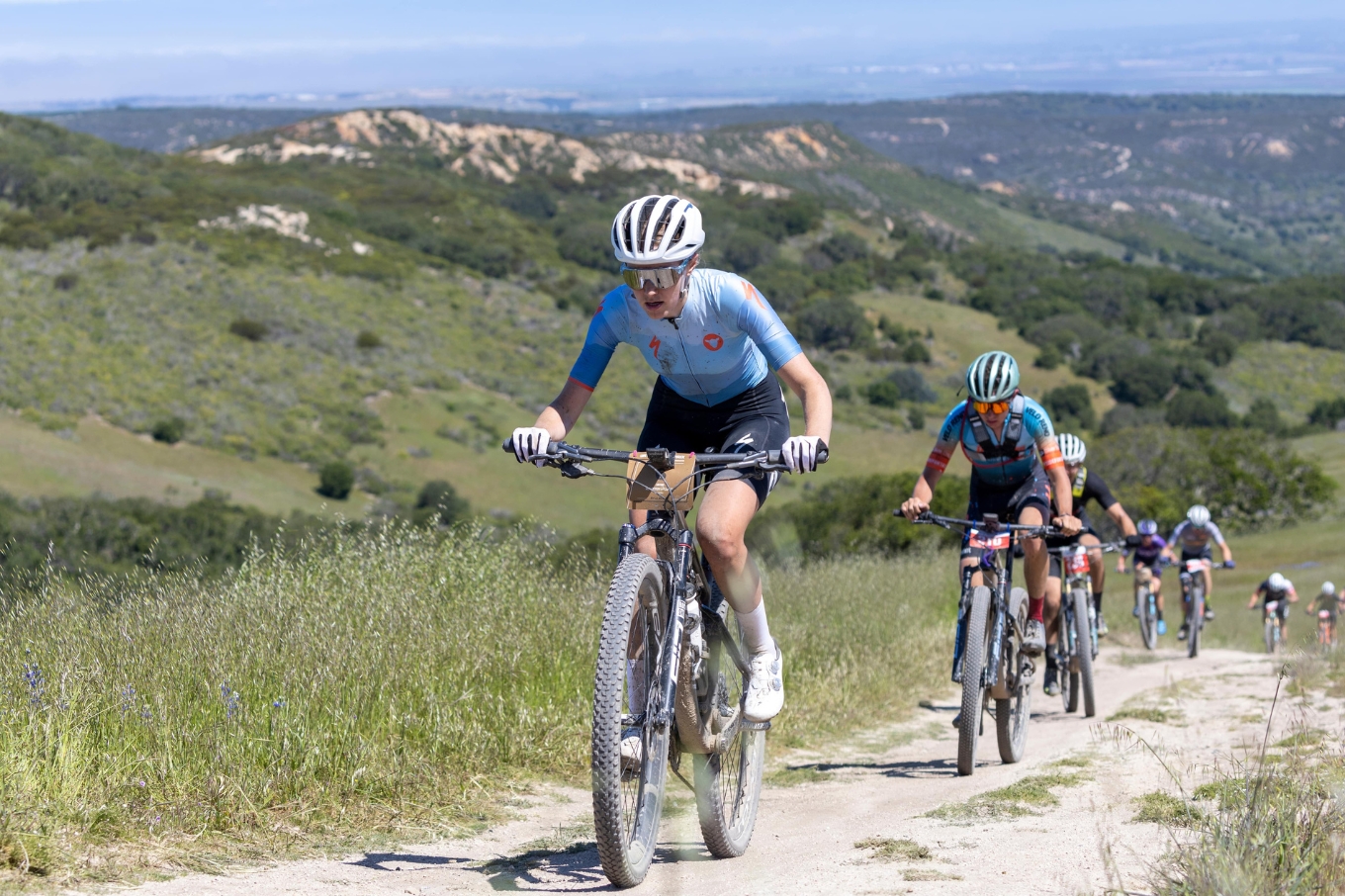Smart nutrition for stage races
Heading to Alice for the Redback? Or maybe you’re taking up the challenge of the Cape to Cape in WA. Multi-stage races are becoming more and more popular as we try to push our bodies to the limit. Nutrition is an often overlooked but critical component to top performance during a multi-stage race. Here’s how to get it right.
First things first
What you do before you get to the start line will have a big impact on how you feel during the day and how well you are able to compete. The Scouts have survived in the wilderness since 1907 for good reason – their motto ‘be prepared’ pretty much sums up how you should think about your multi-stage race prep!
In the days leading up to the race, taper your training and continue to eat good quality meals including carbohydrates. This will ensure your muscles are well rested and have ample glycogen stores for your body to draw on during the race.
On race day, apart from pumping up your tires and putting on your most comfy kit, plan for and prepare your meals too.
- Have a normal-sized meal approximately four hours before the race and a snack one to two hours before the race. Go for high-carb, low-fat, low-fibre foods to ensure easy digestion and to top up fuel supplies. Don’t forget to drink – dehydration will come back to bite you a few hours in if you’re not proactive. If your race is early in the morning, have a high carbohydrate meal the night before and a snack one to two hours before the race.
- Good pre-race meal options include:
- cereal with skim milk, fruit, toast and juice
- toast, muffins or crumpets with jam or honey, fruit, yoghurt and water
- pancakes with syrup, fruit and water
- pasta with low fat sauce and juice or cordial
- a liquid meal – a sports supplement or a homemade fruit smoothie (this one is particularly good if you’re nervous and don’t really feel like eating much)
- Good pre-race snack options include:
- a muesli bar or sports bar
- fruit
- yoghurt
- white toast or raisin toast with jam or honey
- sports drink
Weigh yourself if possible, just before you ride (we’ll come to this later…)
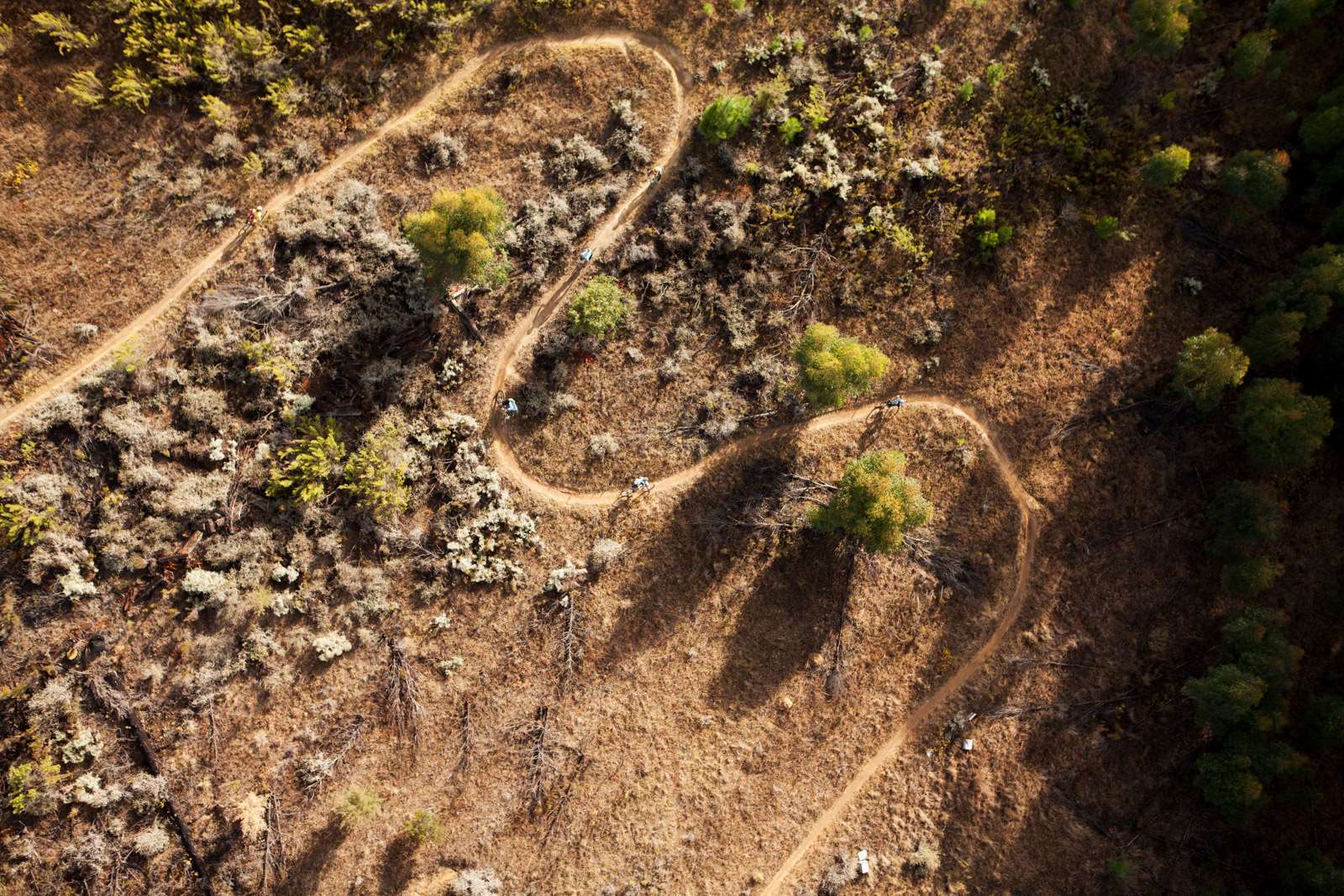
On ‘ya bike
Get a jump on your recovery by getting your nutrition strategy right while you’re racing. The aim is get off your bike at the end of the day with fuelled muscles and a hydrated body (well as much as possible anyway).
While you are riding eat and drink more regularly than you would for a short race.
- Aim to take in up to 90g of carbohydrate per hour in a 2:1 glucose to fructose ratio (there are now many sports drinks, gels and bars on the market with this ratio). Also add in some protein if you’ll be spending more than 3 or 4 hours on the bike.
- Drink every 15-20 minutes to maintain hydration. Use a camelback if this makes it easier for you or you have limited access to fuel stations throughout.
- A sports drink with electrolytes and carbohydrate can be a useful way to achieve all of these goals, but feel free to mix it up with some solid food so you don’t get bored. If it’s a slower day, try incorporating more whole foods, rather than sports foods as these are often better tolerated.
The biggest rule here is to practise everything in advance to ensure it agrees with your system. Remember, you’re fuelling to go the distance day-after-day so you want to feel comfortable. If you know what nutrition will be available at the race, practice with that, otherwise take your own.
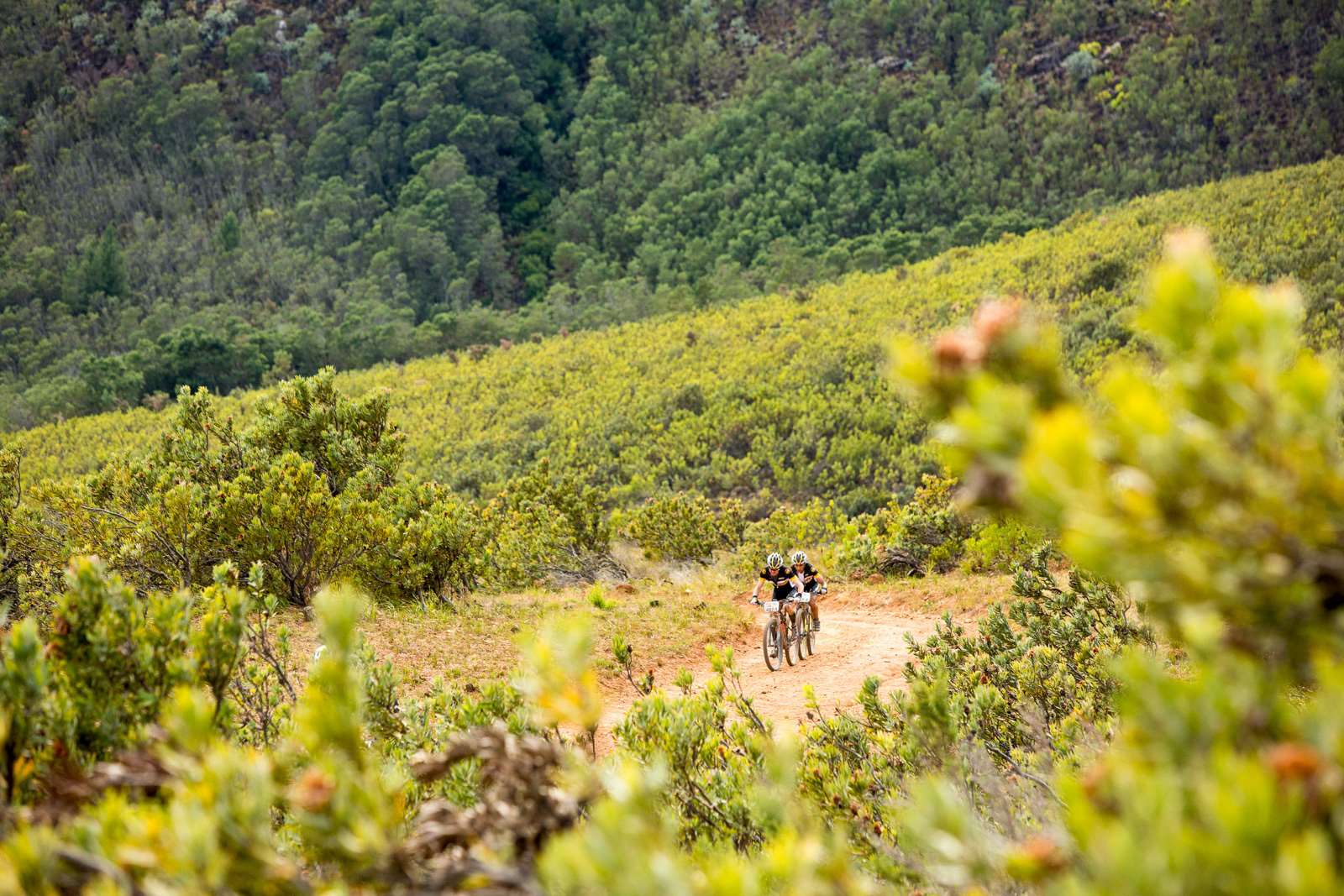
The fun’s not over yet!
You’re over the finish line and you’ve stepped off the bike, but this doesn’t mean your job is done for the day. In fact, if you want to go hard again tomorrow, this is where the real fun begins.
- Weigh yourself again and compare it to the start of the day. This will tell you how well you did with your hydration. For every 1kg you lost you’ll need to drink 1.5L to rehydrate. If you’ve lost more than a kilo, make a note to work harder the next day while on the bike to maintain your hydration. A few back to back days of inadequate rehydration will compromise the speed of your recovery and leave you with cement legs.
- Within 20 minutes of getting off the bike, eat and drink. You need to get carbs, protein and fluids into your system so your body can start the recovery and rehydration process. Using something like a protein/carb mix recovery-specific sports drink can be a convenient way to do this. Remember the Scouts? Make sure you have prepared and you have it on hand so you can get it in as soon as you get off the bike. Aim for 1-1.2g carbohydrate per kilogram and 10g of protein. For example, a 70kg man could eat the following to get 70-80g carbohydrate and 10g protein:
- 200g fruit yoghurt and a jam sandwich or muesli bar and 250ml juice
- 200ml flavoured milk, a muesli bar and banana
- 200ml liquid meal and a large banana
- Within an hour or two have a good, solid meal. Make sure this contains a mix of carbs and protein (think spag bol or a meat and salad sandwich). Follow this up every three or four hours with substantial meals and snacks until you’re ready for bed. Have a drink with every meal sip on fluids until you go to bed to keep rehydrating.
Finally, dont forget your non nutrition-related recovery tactics like stretching, rolling and compression. And most importantly, go to bed early so you get enough sleep for your body to work it’s recovery magic.
Top recovery tips
- Be prepared – take your nutrition with you
- Practice your nutrition in training
- Eat and drink regularly both on and off the bike
- Monitor hydration over the course of the race
Suzanne Girard Eberle, 2015, Endurance Sports Nutrition, Human Kinetics Publishers, USA, ISBN: 9781450432153 AIS, 2009, Road Cycling. Available at http://www.ausport.gov.au/ais/nutrition/factsheets/sports/road_cycling
Words: Zoe Wilson Photos: Gary Perkin, sam clark and Nick Muzik


